Hypertension Definition (High Blood Pressure) – Range, Type, Symptoms
Hypertension or blood pressure is a chronic condition. There is more than a billion people around the globe are currently suffering from Hypertension. It is the high pressure of blood against the walls of our arteries. The pressure of blood is highest when the heart beats and lowest when it rests between beats. The highest blood pressure is called systolic and the lowest is diastolic pressure. When either systolic or diastolic pressure goes higher than normal it is called hypertension or high blood pressure.
What is the range of Hypertension?
Normal blood pressure of a person is around 120/80. When it becomes higher than 140/90 it is considered to be high blood pressure. On the other hand, when it goes lower than 90/60, it is called low blood pressure. But if it goes as high as 180/120 it is considered as hypertension and one should immediately seek medical attention.
Types of High Blood Pressure
There is two type of high blood pressure Primary or essential and Secondary. Primary or essential hypertension means that high blood pressure has been found while measuring on three or more consecutive checks, and there is no other cause behind it. On the other hand, secondary hypertension means that the blood pressure is elevated due to some other underlying condition like, abnormality in the arteries supplying blood to the kidneys, airway obstruction during sleep, diseases and tumors of the adrenal glands, hormone abnormalities, thyroid disease, and too much salt or alcohol in the diet.
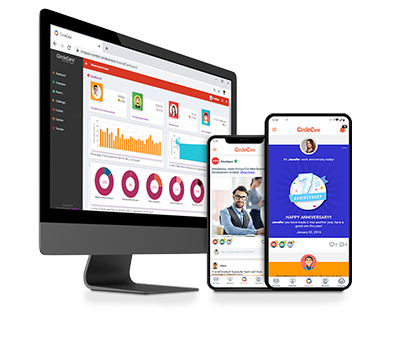
Corporate Wellness App
CircleCare
The Silent Killer
High blood pressure is also called “The Silent Killer” as it has no obvious sign or symptom. Many people never even realize until it’s too late. Uncontrolled blood pressure for a long time can lead to a heart attack, stroke, and other problems. Healthy lifestyle and controlled diet are the best options for managing blood pressure and leading a risk-free life.

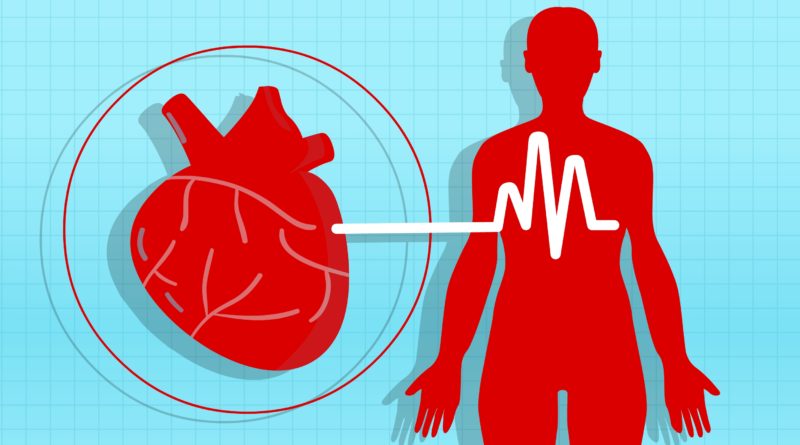
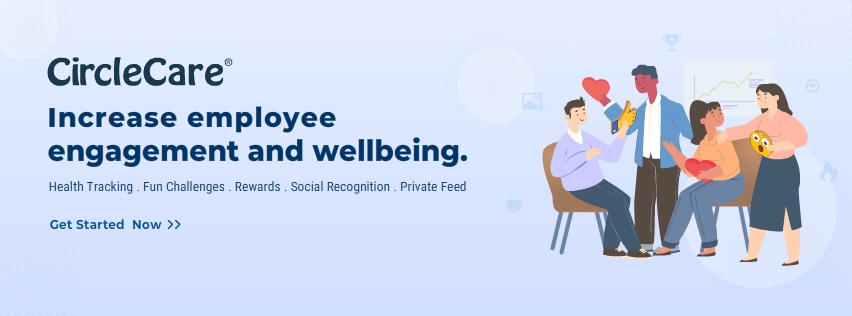
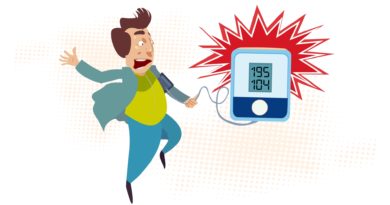
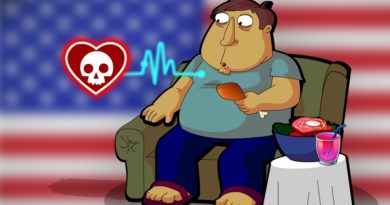
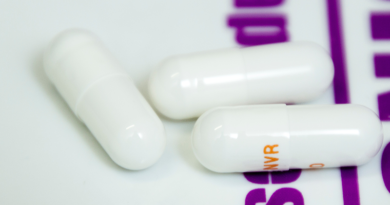
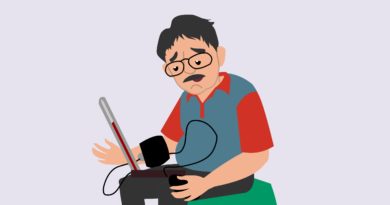


Pingback:Possible New Drug to Treat Obesity & Help Manage Hypertension
Pingback:DASH Diet Plan (Dietary Approaches to Stop Hypertension)
Pingback:What are the dangerous complications caused by Hypertension
Pingback:What are three possible causes of hypertension?
Pingback:Do not ignore these symptoms of hypertension!
Pingback:Are you at risk of hypertension?
Pingback:Infographics: Hypertension Facts & Statistics
Pingback:Managing Blood Pressure in Winter: Effects of Cold Weather | CircleCare
Pingback:What kind of tests are done to diagnose hypertension? | CircleCare
Pingback:Pregnancy and hypertension (Signs, Types & Risk Factors) | CircleCare
Pingback:How much sodium should you have in a day? | CircleCare
Pingback:Infographics: Difference between primary and secondary hypertension? | CircleCare
Pingback:High Blood Pressure Management Scenario in the US | CircleCare
Pingback:New daily sodium limit for a heart-healthy diet | CircleCare
Pingback:New "Triple Pill" may provide improved blood pressure control | CircleCare
Pingback:Hypertension research breakthrough: New genetic risk factors discovered | CircleCare
Pingback:Employees with Chronic Conditions and the Role of Corporate Wellness
Pingback:Lose Weight & Increase Productivity with Corporate Wellness Program
Pingback:What are three possible causes of hypertension? | CircleCare
Pingback:Possible New Drug to Treat Obesity & Help Manage Hypertension | CircleCare
Pingback:Infographics: Hypertension Facts & Statistics Around the Globe | CircleCare